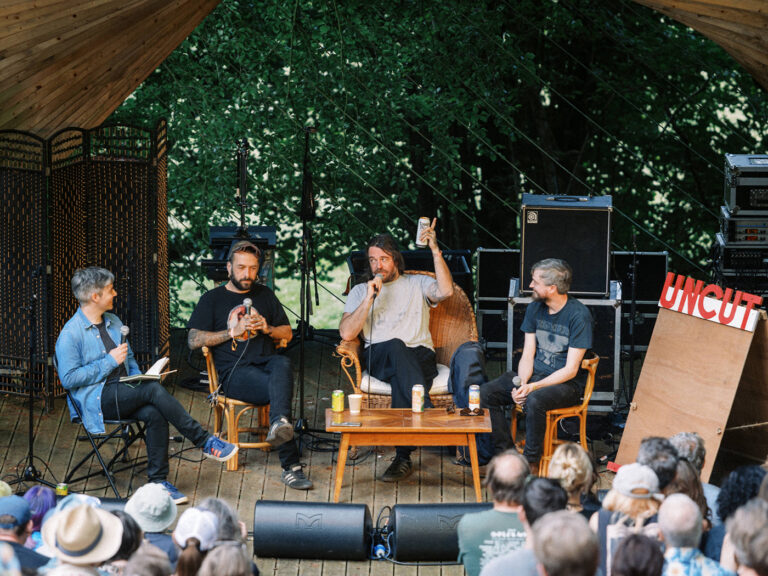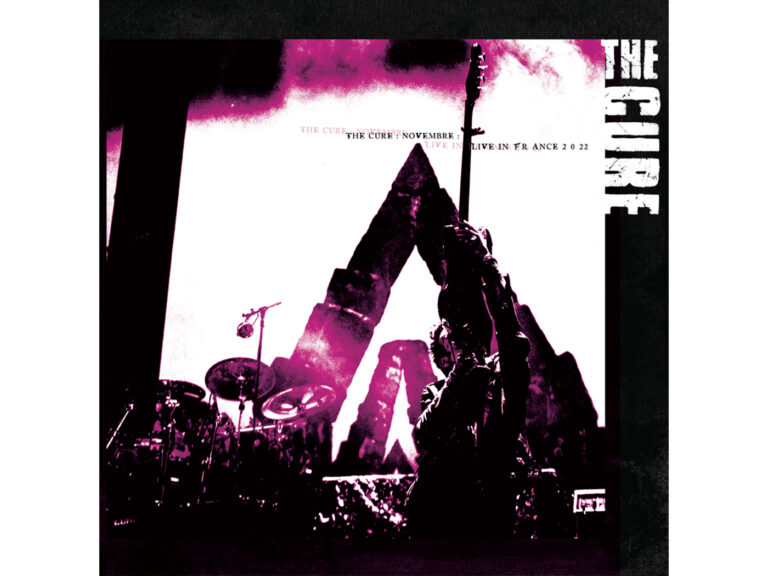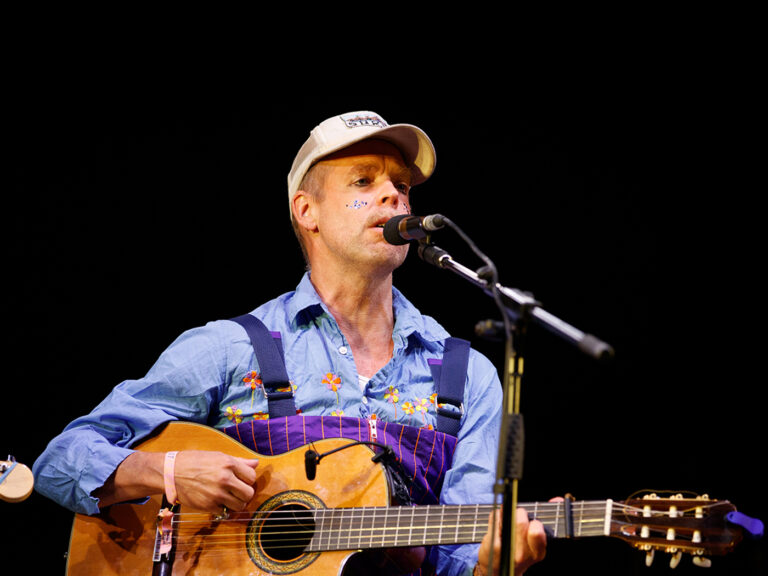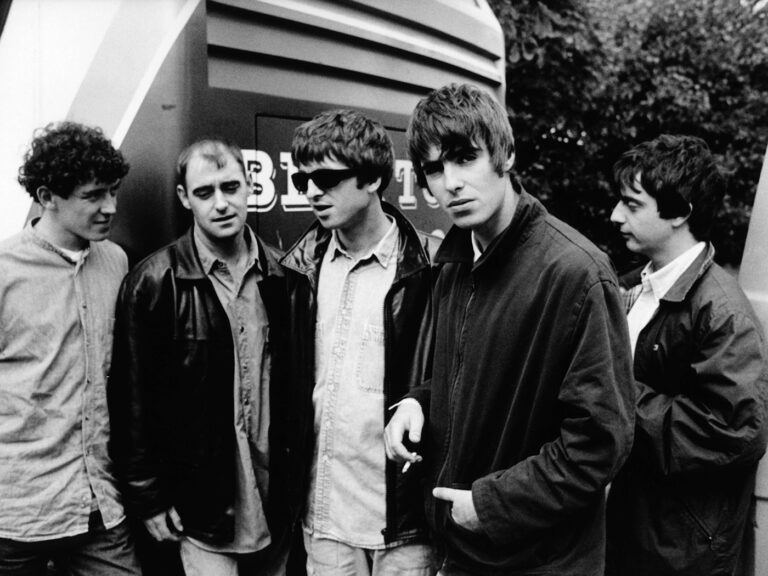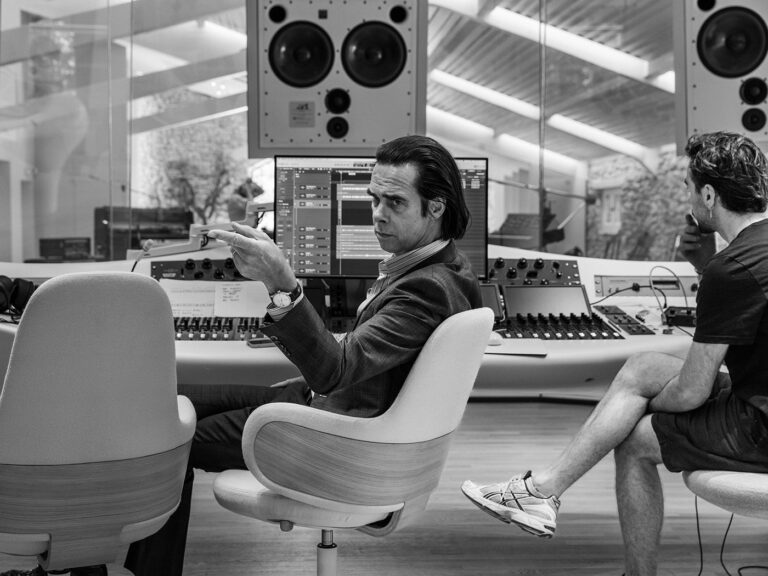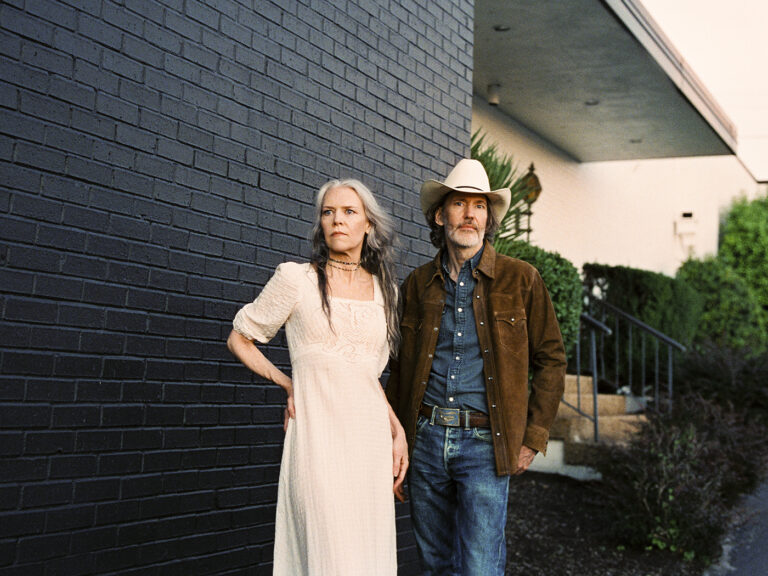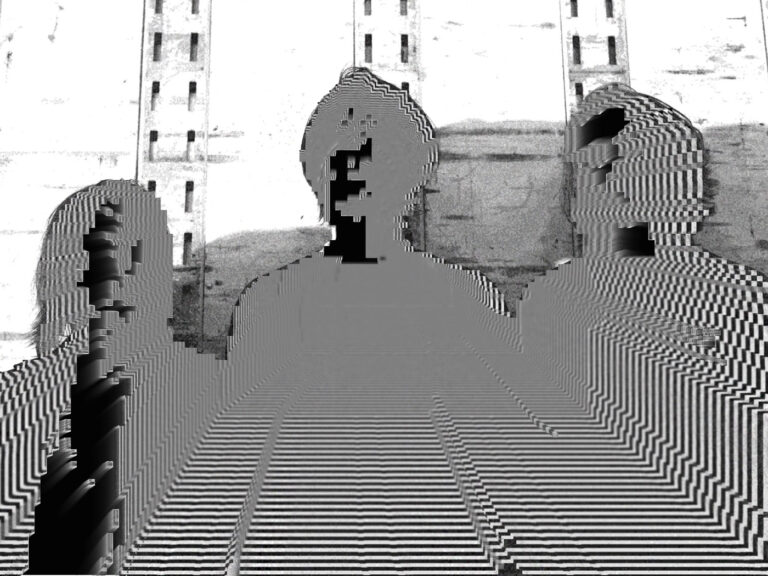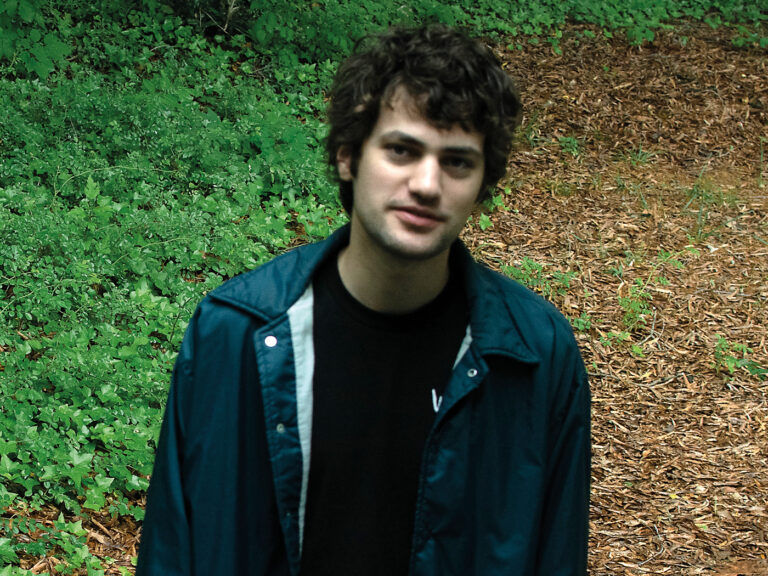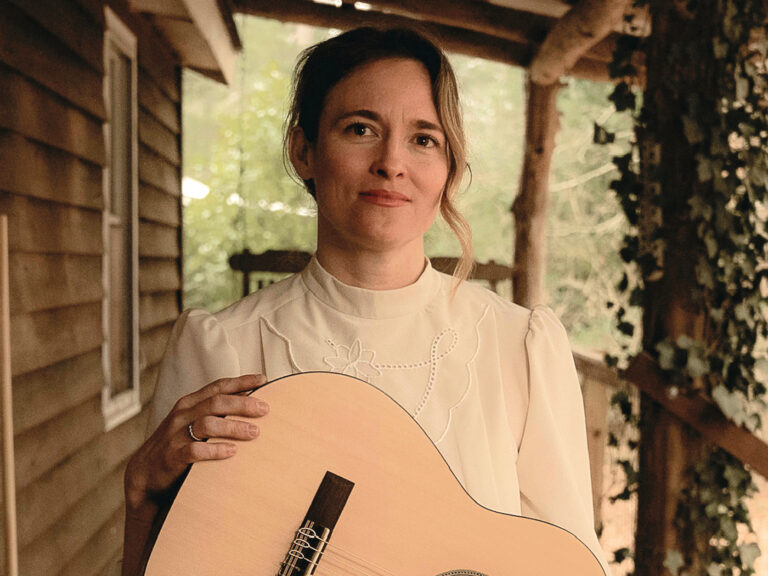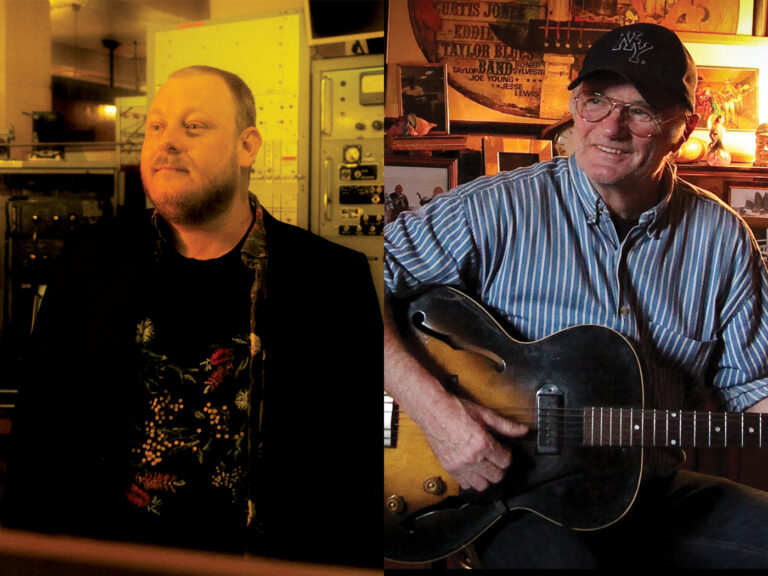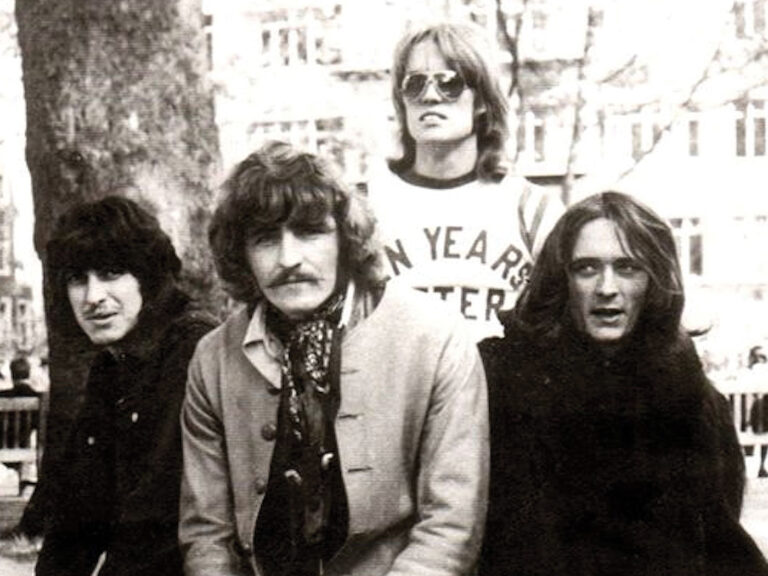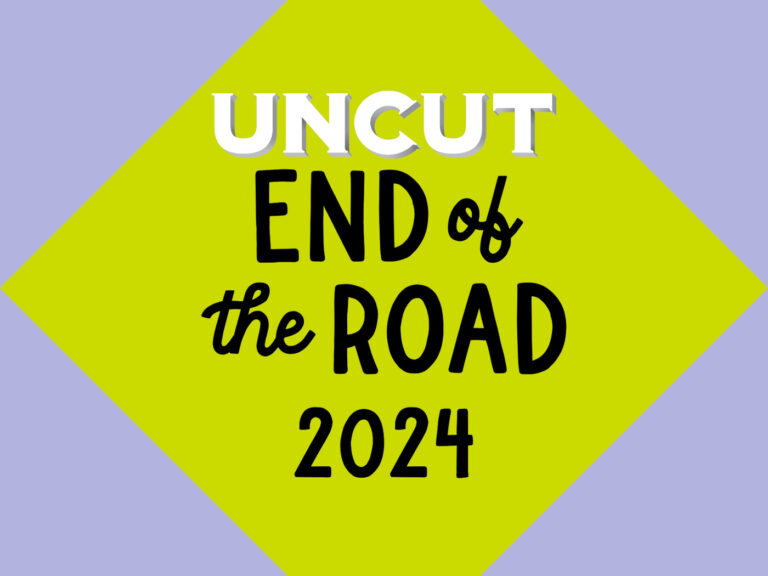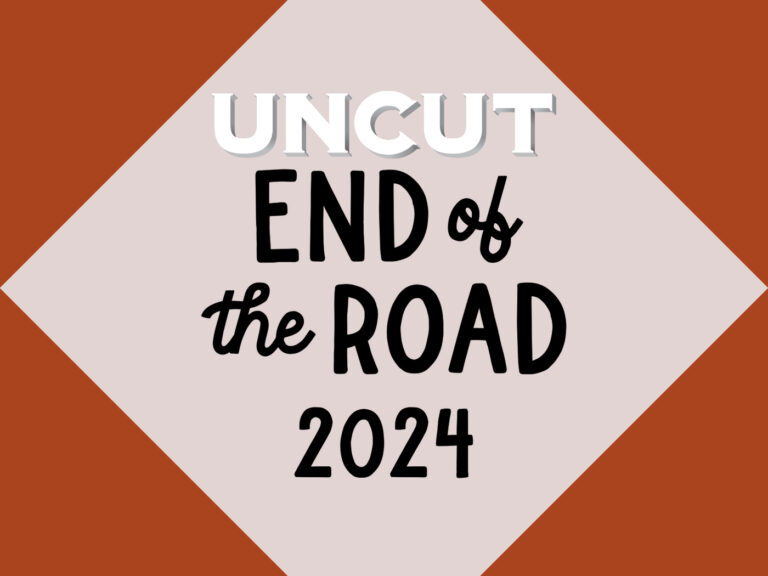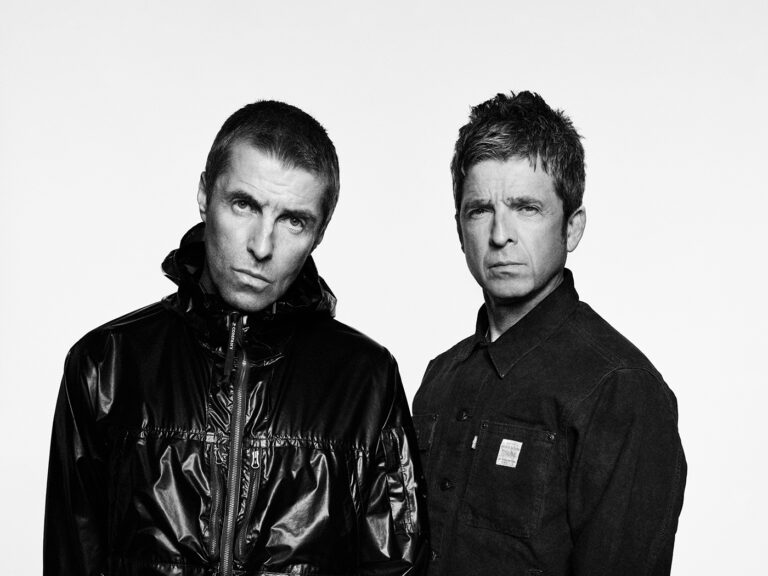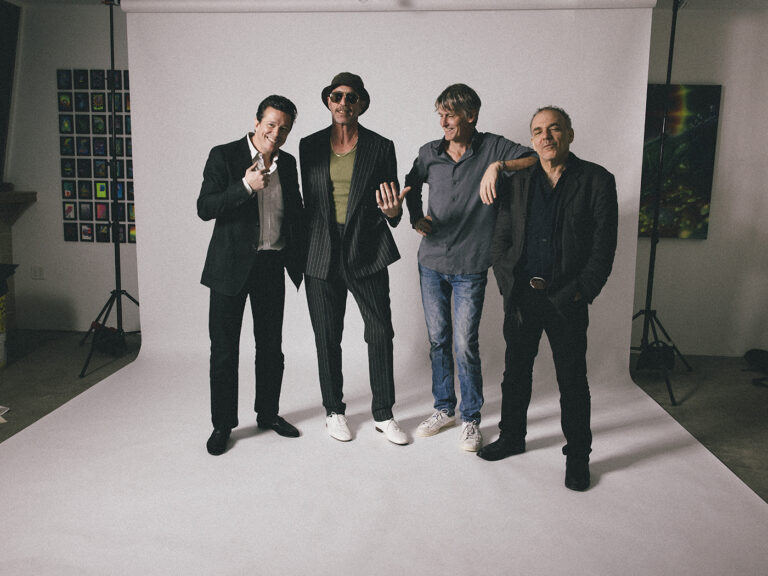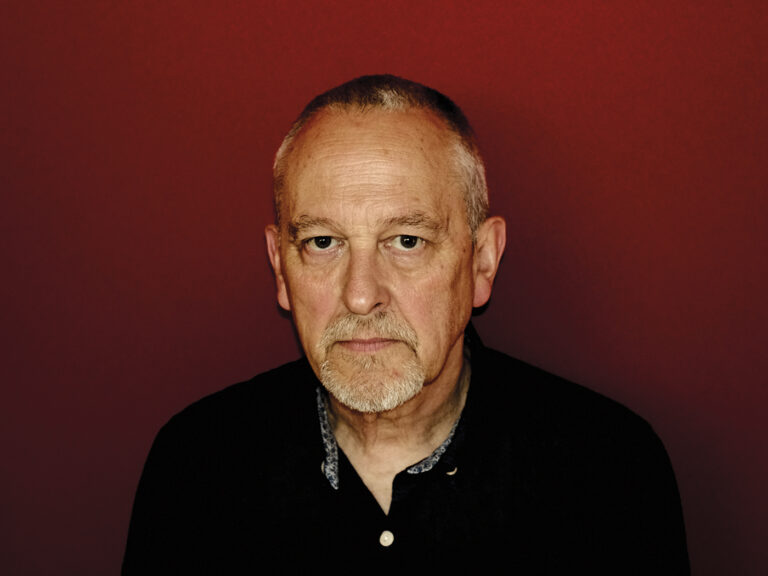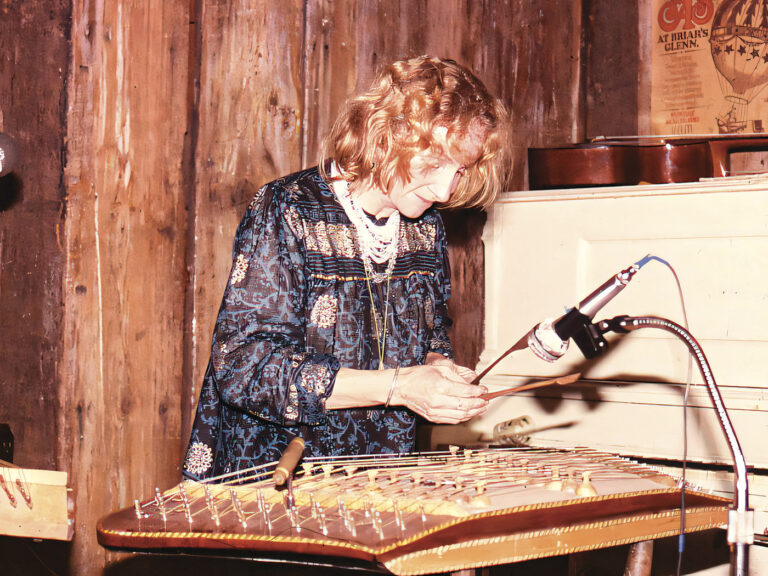If it feels odd for Lankum, at End Of The Road 2024’s first Uncut Q&A session, to face down a stacked terrace of wooden pews packed with several hundred festival-goers expecting sparkling banter - but at least it’s not the Leeds Irish Centre circa 2015. The night when, at their worst (and best) ever gig, they played to a crowd of nine-year-old Irish dancers, surrounded by a gang of hardcore crusties on Ecstasy.
If it feels odd for Lankum, at End Of The Road 2024’s first Uncut Q&A session, to face down a stacked terrace of wooden pews packed with several hundred festival-goers expecting sparkling banter – but at least it’s not the Leeds Irish Centre circa 2015. The night when, at their worst (and best) ever gig, they played to a crowd of nine-year-old Irish dancers, surrounded by a gang of hardcore crusties on Ecstasy.
“We didn’t know how to say no,” says singer Ian Lynch, recalling the request they received from a Liverpudlian children’s Irish dancing group to perform at the event, otherwise populated by their squatter friends from Leeds and Bradford, very much ready to party. “One of them was after double-dropping. He was especially in bits. So we had all these nine-year-old Irish dancers…”
“And their grannies,” adds his brother Daragh.
“There were two sound men completely drunk,” Ian continues. “The parents of the Irish dancers were really pushy, they were like ‘Play a set of reels so the kids can dance.’ We’re like ‘We don’t really play music like that.’ We did it once, the little kids danced and while this was going on there’s all these people totally out of it behind them.”
Click here for all our End Of The Road coverage
Having survived such a hilarious ordeal of a gig, half an hour with Uncut reviews editor and regular Q&A host Tom Pinnock is a relative breeze. The “kings of jig and drone” have been onsite since yesterday, ready for their 7am soundcheck (“way too many instruments,” Ian sighs) and are in convivial spirits. Discussion flows easily from their recent show with Massive Attack, where they hung out with RMT chief and Lankum fanatic Mick Lynch, to an Irish scene aftershow where – in a crowd full of “scantily-clad women running after Kneecap” – the only person to recognise Daragh was “the guy in the woolly jumper with the beard.”
The band still seem taken aback by the phenomenal response they received to their Mercury Prize and Ivor Novello nominated fourth album False Lankum. “Just as we were making it, I said to someone ‘Imagine if we got as good a reception for this as we did for [2019’s] The Livelong Day, how amazing would that be?’ And it was twenty times that.”
“We were convinced people were going to hate it and we were one hundred per cent okay with that,” says Ian. “We were ready for it to be slated and lo and behold it’s been the opposite.”
Pinnock dug into the seams mined by Lankum, linking the drone element of traditional Irish music to the work of Sunn O))) and Coil. “It’s bringing some of the sensibilities of the more doomy side of drone and bringing it to Irish music,” Ian agrees. “If you listen to straight-up Irish music the drone is definitely there but it’s in the background, there’s nobody concentrating on bringing it to the fore. That was the path we’ve found ourselves going down over the past couple of years.”
Daragh laments that Irish culture has been “repackaged for this weird American Disneyland kind of audience”, and the Americanisation of Irish identity is a band bugbear. Ian explains how they connected far more with Mexican punks in the US than the Irish-American community. “We played in an Irish bar and everyone was talking over us,” he says. “Irish-Americans are a fucking weird bunch. Often you’ll find they’re the most racist and backwards of the Americans. They have a frozen idea of what Ireland was supposedly like 200 years ago that it was never really like at all…Then we played in this squat in San Antonio and there’s all these chaos punks outside with big mohawks. We started playing and they all sat down on the ground and started crying – ‘That’s just like what they did to the fucking Mexicans, man’.”
Lankum have made many friends on their rise out of the Irish scene. The Mary Wallopers are brothers in arms. “There’s not so much rivalry,” says Daragh. “They’re doing that thing, we’re doing this thing and we’re in it together. It’s a healthy balance of irreverence and respect.” They champion Kneecap too – “They’ve done more for the Irish language in the last year than anyone else has done in the last half century,” Daragh argues. “It’s definitely indicative of a shift that’s happening in Ireland that’s been going on for a good few years now,” says Ian. “There’s a difference to be felt in the way that people are interacting with Irish traditional culture, whether that’s the music, the language or the literature. There’s less baggage around that than people had in the past. For my generation it was something to be ashamed of – diddly-eye, they used to call it.”
Yet they clearly revel in being a provocative presence. They take great satisfaction in having foiled the Mercury Prize organisers trying to stop them playing the noisier chunks of “Go Dig My Grave” by cutting down the more melodic sections to fit it in. And having a recent gig cancelled in Leipzig over their stance on the Gaza conflict has only made them more determined to voice their opinion.
“They said ‘We were looking at your Instagram stories and saw that you’d shared this story and we think it’s antisemitic because it’s critical of Israel’,” Ian remembers. “At gigs after that we were sure the people from Leipzig had called ahead, because they were being quite off with us. But it gives us all the more drive to speak out against it. I understand why Germans would have a very nuanced, different take than we have as Irish people who have suffered under colonisation ourselves. We’re coming at the whole thing from two very different angles – the Germans are absolutely wracked by guilt over WWII… it’s a very triggering thing.”
A complicated situation, Pinnock notes. “It is and it isn’t,” Ian retorts. “It’s a fucking genocide that’s going on. Don’t shoot children in the back of the head, don’t kill innocent people. It’s not complicated, but there are parts that are complicated.”
And if tonight’s gig goes ahead after that outburst? “We’re gonna do a whole set in German,” Ian jokes.


